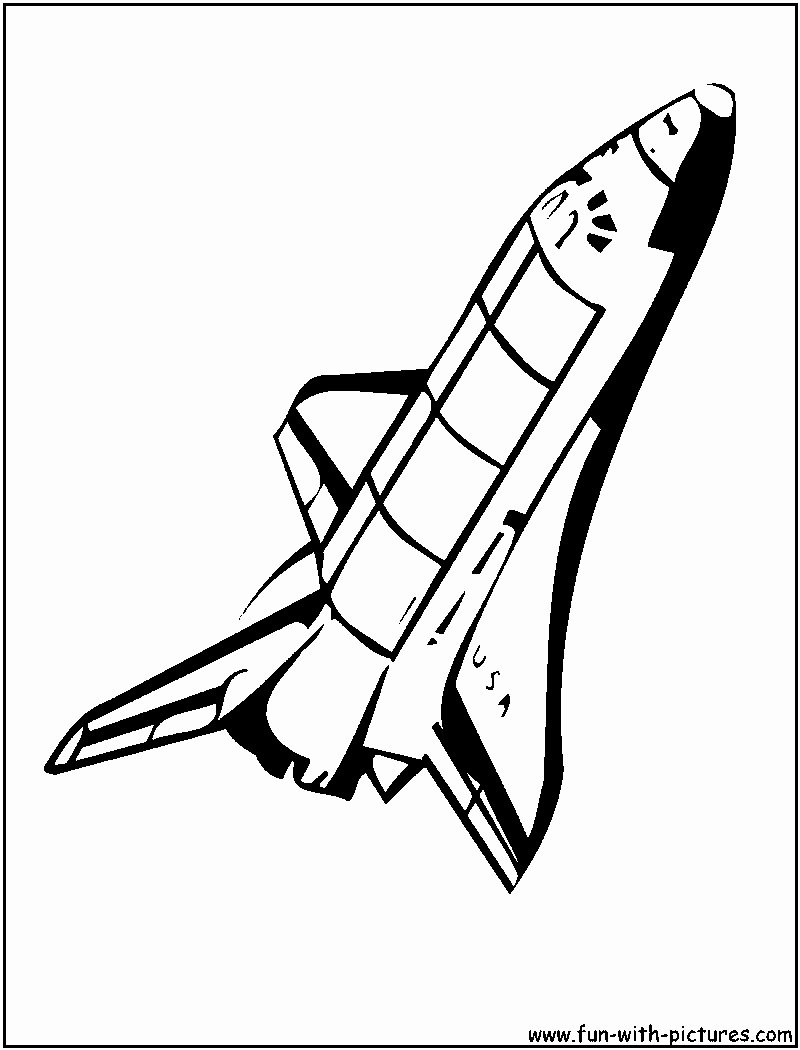

11.1 Orbital decay and controlled reentryĬonception, design and aim Proposals and precursors Īstronaut Owen Garriott working next to Skylab's crewed solar space observatory, 1973.7.2.3 Extending visible wavelength images.7.2.1 Age and expansion of the universe.5.1 Cosmic Assembly Near-infrared Deep Extragalactic Legacy Survey.


Hubble was finally launched in 1990, but its main mirror had been ground incorrectly, resulting in spherical aberration that compromised the telescope's capabilities. Its intended launch was 1983, but the project was beset by technical delays, budget problems, and the 1986 Challenger disaster. Space telescopes were proposed as early as 1923, and the Hubble telescope was funded and built in the 1970s by the United States space agency NASA with contributions from the European Space Agency. Many Hubble observations have led to breakthroughs in astrophysics, such as determining the rate of expansion of the universe. It has recorded some of the most detailed visible light images, allowing a deep view into space. Hubble's orbit outside the distortion of atmosphere of Earth allows it to capture extremely high-resolution images with substantially lower background light than ground-based telescopes. Hubble features a 2.4 m (7 ft 10 in) mirror, and its five main instruments observe in the ultraviolet, visible, and near-infrared regions of the electromagnetic spectrum. The Space Telescope Science Institute (STScI) selects Hubble's targets and processes the resulting data, while the Goddard Space Flight Center (GSFC) controls the spacecraft. The Hubble telescope is named after astronomer Edwin Hubble and is one of NASA's Great Observatories. It was not the first space telescope, but it is one of the largest and most versatile, renowned both as a vital research tool and as a public relations boon for astronomy. The Hubble Space Telescope (often referred to as HST or Hubble) is a space telescope that was launched into low Earth orbit in 1990 and remains in operation. Near Infrared Camera and Multi-Object Spectrometer Near-infrared, visible light, ultraviolet Seen in orbit from the departing Space Shuttle Atlantis in 2009, flying Servicing Mission 4 ( STS-125), the fifth and final Hubble mission.ģ2 years, 2 months, 10 days (ongoing)


 0 kommentar(er)
0 kommentar(er)
